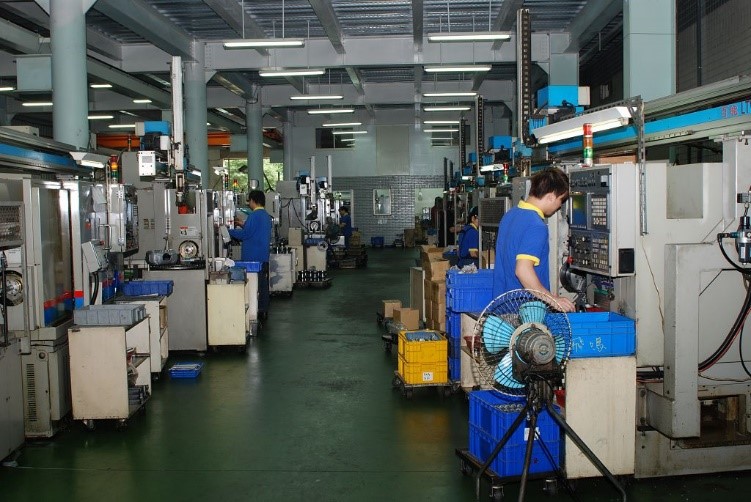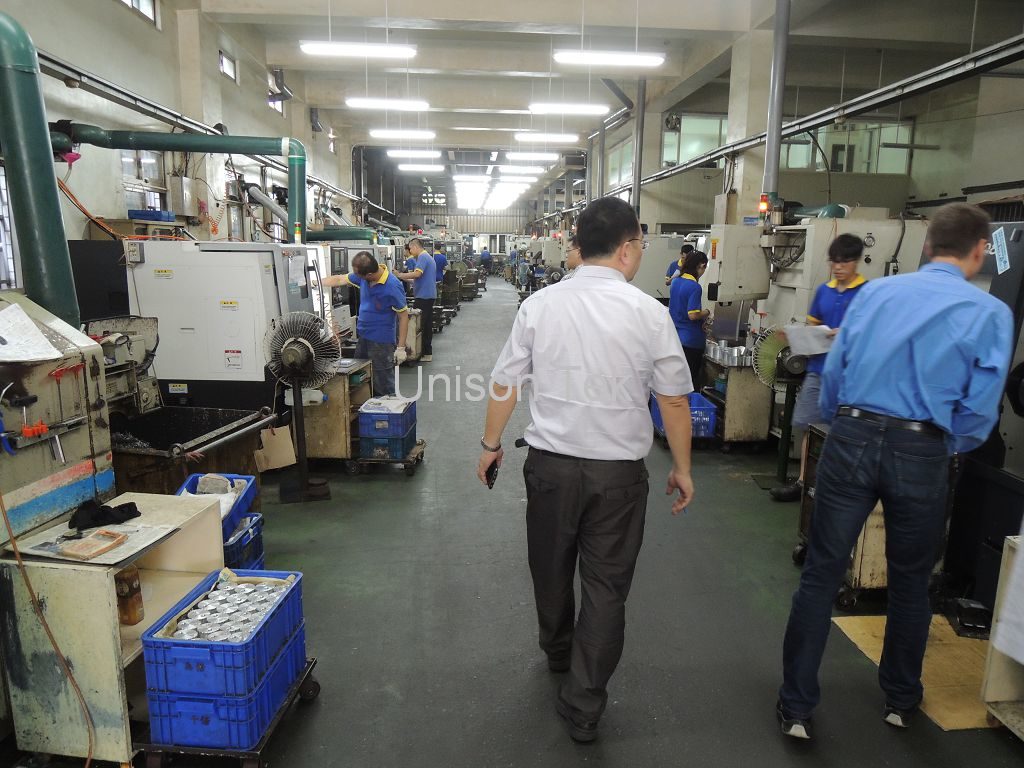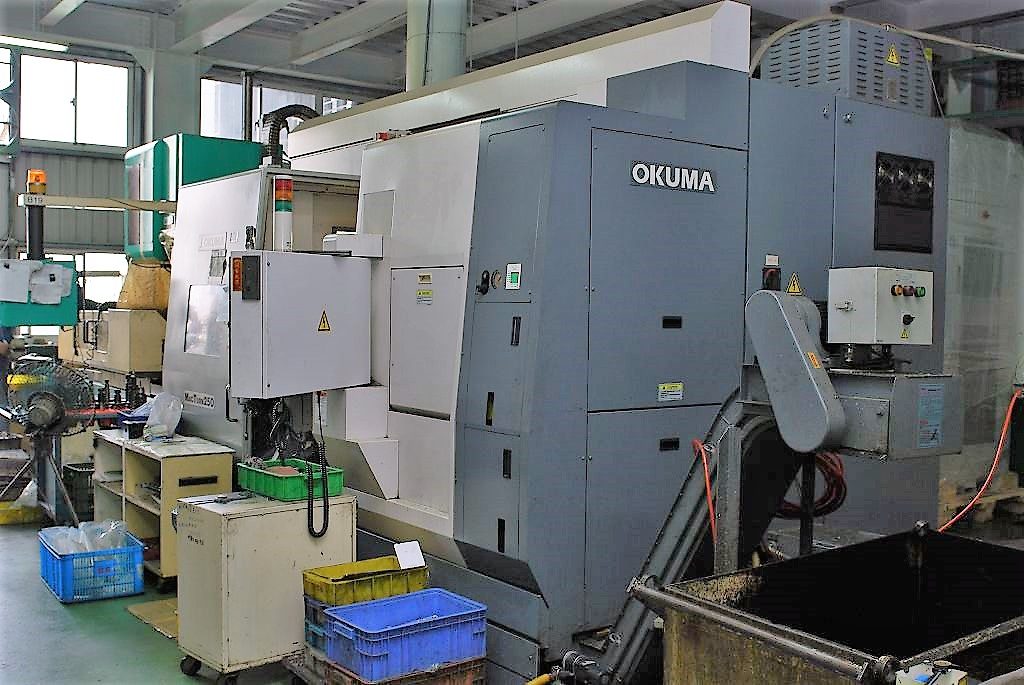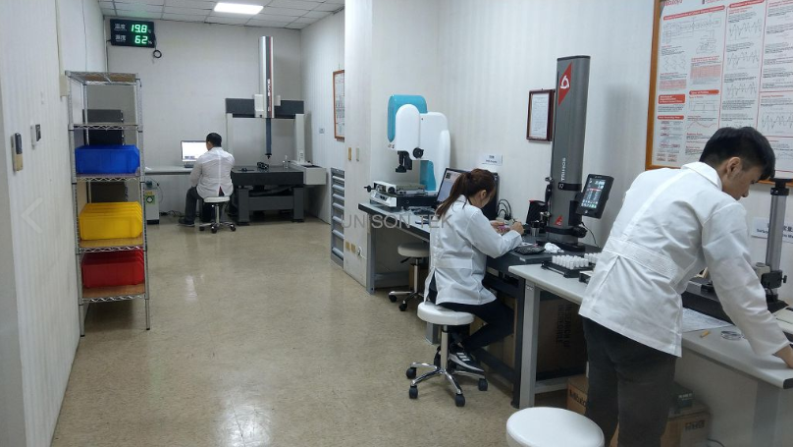The stamping factory with high technical ability, just like Unison Tek will definitely make suggestions according to the shape, size, required process and tolerance of the part when getting the drawing, let the customer know that the choice of continuous or engineering mold will cost the customer the mold. The impact of parts production costs.
Stamping die classification
Stamping dies can be roughly divided into single engineering molds, composite molds, and continuous molds.
Stamping single engineering mold
Only one process is performed on a punching machine, such as bending, embossing, punching, drawing, stretching, beaming, curling and crimping. For example, the article only needs to be cut into one shape, but the required thickness is very thick, and it is possible to use an engineering die to punch.
Because the engineering molds are common in application, the structure is simple, the manufacturing is easy, the price is cheap, but the production efficiency is low. The stamping technician will put the metal plate on the punch press and press the start button with the foot to let the mold punch down.
However, because most of them rely on manpower, they are slow and can easily cause work injuries.
It is recommended that RD or the procurement engineer should also confirm whether the stamping factory has equipment to prevent work injuries when searching for the stamping factory, such as safety guards and infrared detecting devices.
The work injuries caused by such stamping are usually fingers or whole palms. Broken. If you are looking for a supplier, there is one more security requirement that will allow more Taiwanese workers to have more protection.
Stamping continuous mold
As mentioned earlier, engineering molds are less efficient, slower, and mostly manual. In order to improve efficiency and productivity, continuous mode is produced.
The biggest difference between continuous die punching and engineering die punching is that the continuous die uses the strip and automatically feeds the punch to the press, so the technician can reduce the number of times the handle is put into the punch, which is safer.
In addition, the advantage of the continuous mold is that it can complete multiple processes on one press machine. For example, flex + embossing + punch cutting + extension + stretching + beam mouth + curl + curling.
However, because there are many processes to consider, the complexity of the mold design will be higher, and the cost of the mold will be more expensive. However, in this way, the original three processes are to open three sets of molds in the engineering mold.
Now it is only necessary to open a set of continuous molds, and if there is a large demand for production, the stamping cost of each part is cheap. More and more cost-effective, the production speed is still relatively fast.



